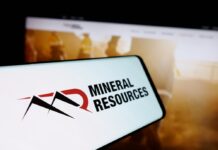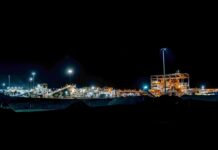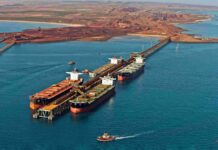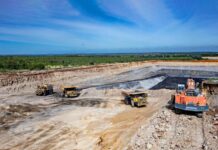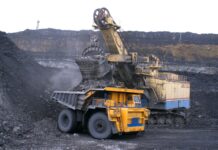BHP, PPC and Norsepower deploy wind-assisted propulsion technology on maritime vessel
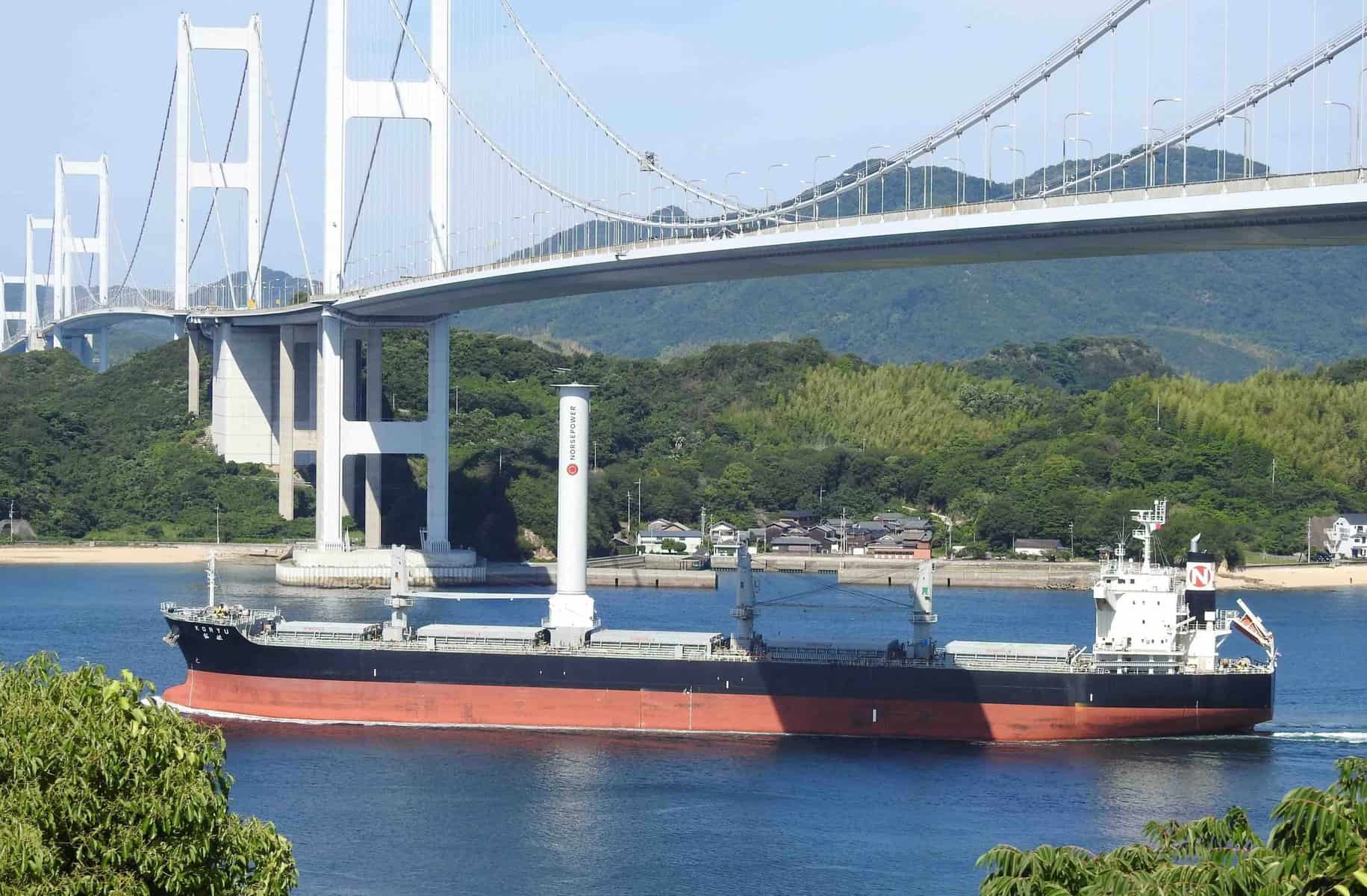
BHP (ASX: BHP), Pan Pacific Copper (PPC) and Norsepower have completed the installation of a Norsepower rotor sail onboard the M/V Koryu.
A combination carrier, operated by Nippon Marine and JX Advanced Metals, will carry copper concentrates from Chile to Japan and sulphuric acid from Japan to Chile.
Installation of the Norsepower rotor sail was carried out in June 2024 and the M/V Koryu is en route on its maiden voyage.
The rotor sail stands at a height of 35m with a diameter of 5m and a tilting foundation allows it to be lowered down to facilitate cargo loading and discharge operations at ports.
The technology for the sail is based on the Magnus effect which harnesses wind to improve ship fuel efficiency. When the wind conditions are favourable, the rotor sail allows the vessel’s main engines to be throttled back, saving fuel and reducing greenhouse gas emissions by lowering the power needed to maintain speed and voyage time.
Based on advanced simulations and real-world performance data, the rotor sail is estimated to provide a five to six percent fuel saving on the route between Chile and Japan.
BHP vice president maritime and supply chain excellence Rashpal Bhatti commented on the vessel’s route.
“This route [Chile to Japan] has one of the most favourable wind conditions, which was an important factor that the parties considered,” he said.
“It is one of the longest routes globally, with such conditions, allowing the vessel to benefit from the longest tonne/mile wind propulsion.”
Norsepower chief executive Heikki Pöntynen says the partnership makes a significant step in sustainable shipping.
“The successful retrofit of Norsepower rotor sail will reduce greenhouse gas emissions intensity by enhancing fuel efficiency in the ship,” he said.
“We look forward to tracking the measurable impact of this installation in real-world operations.”




